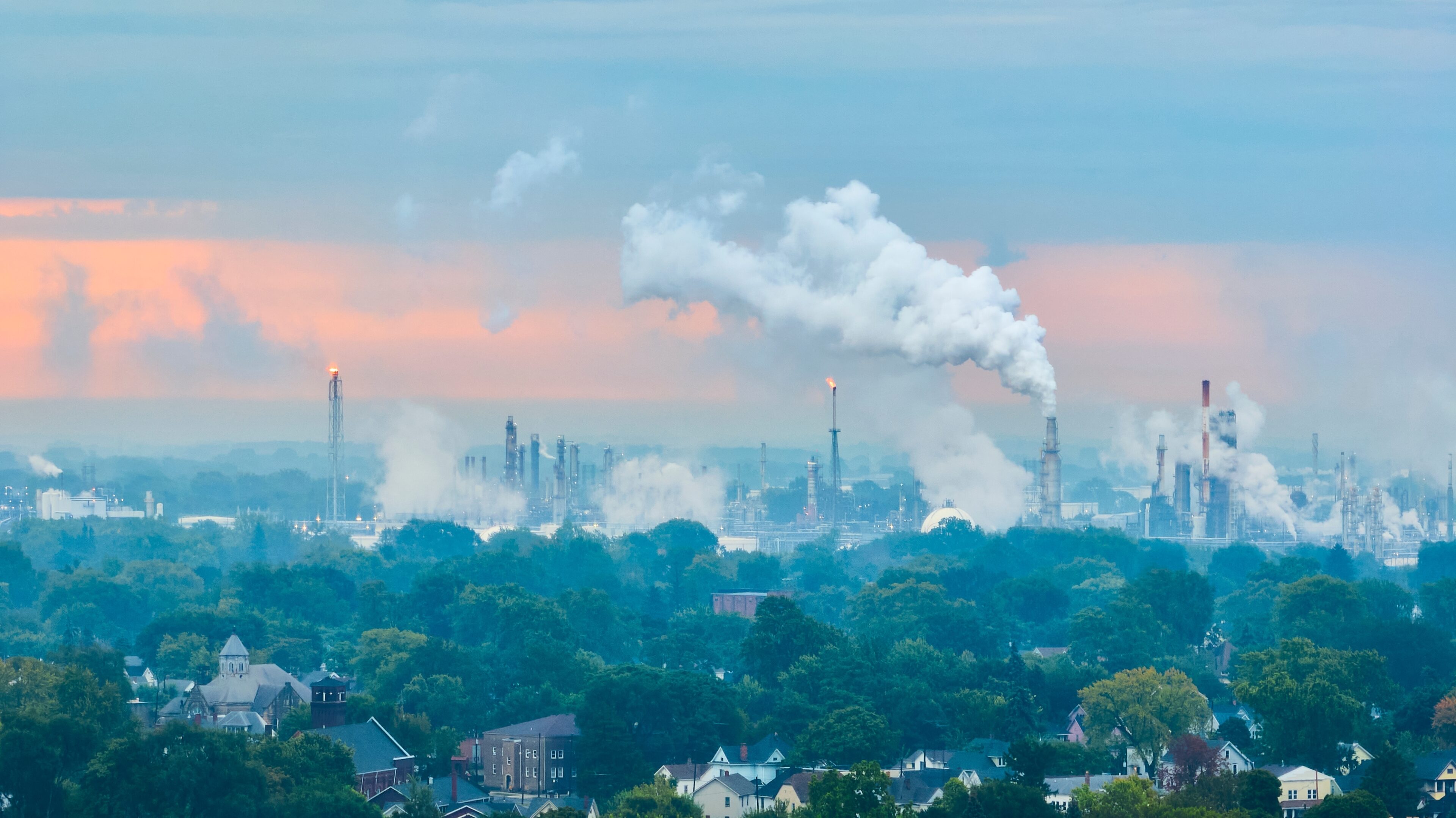Showing 205 results

Catalina Gonzalez, James Goodwin | August 26, 2025
Last week, the Environmental Protection Agency (EPA) hosted four days’ worth of hearings to gather public testimony on its proposal to rescind the 2009 endangerment finding and the suite of existing greenhouse gas (GHG standards for cars and trucks that the finding supplies the legal justification for. The vast majority of the participants testified in strong opposition to the proposal, and included a broad cross-section of our society: faith leaders; a high school student; community organizers; and concerned grandparents.

Daniel Farber | August 21, 2025
Not that long ago, conservatives demanded that the government balance costs and benefits. They still do, but with a twist: They demand special limits on consideration of environmental effects. But that makes no sense. Whatever rules we have about costs should apply to all types of costs, and the same with benefits. The result of skewing the analysis is, not surprisingly, that we get conservative results more often.

James Goodwin | August 12, 2025
For conservatives and many political centrists, there was a clear villain to blame for congressional dysfunction: Chevron deference. Repealing this legal doctrine — which generally called on federal courts to defer to agency interpretations of ambiguous statutory provisions they are charged with implementing — would inaugurate a new Golden Age of Article I primacy and productivity, they claimed.

Daniel Farber | July 29, 2025
If a tree falls in the forest but no one hears it, does it still make a sound? If a law hasn’t been formally repealed but can be violated with complete impunity, is it still in effect? I’ll leave the first question to philosophers, but the second one could have major legal implications. Here’s why.

Daniel Farber | July 21, 2025
President Donald Trump is on a rampage. He has big plans for a mass repeal of existing regulations, he’s trying to use emergency declarations to short-circuit normal environmental protections, and he’s savaging environmental agencies. He’s also at war with the rule of law, dodging court orders, ignoring statutes, and punishing lawyers and law firms that have dared to challenge him. In area after area, Trump has tried to sweep aside legal constraints. Part of the point of Trump’s “shock and awe” campaign has been to overwhelm the ability of opponents and the courts to keep up with his legally questionable actions. Trump’s attack on the bureaucracy is also an attack on the rule of law because one of the key functions of bureaucrats is to ensure that the government follows the rules.

Federico Holm, James Goodwin | July 14, 2025
The Congressional Review Act (CRA) provides Congress with an expedited procedure to review and potentially overturn final rules issued by federal agencies. Despite being touted as an avenue for congressional oversight, the CRA is often deployed as a partisan tool that replaces agency expertise and democratic consideration with political maneuvers and slim voting majorities. Without meaningful debate, public participation, or scientific input, anti-regulatory members of Congress can undo years of exhaustive scientific and legal research and multiple rounds of public input in the span of a few months. In our new analysis building off our CRA By the Numbers 2025 tracker, we take stock of the use of the CRA in the current Congress, to understand how it fails as a legislative oversight tool and how it undermines democracy and agency expertise.

Daniel Farber | July 8, 2025
In one of President Donald Trump’s first executive orders, he eliminated a centralized system that Jimmy Carter initially set up to issue regulations governing environmental impact statements. Instead, he called on each agency to issue its own regulations, which seems to have caused the predictable amount of confusion. I’ve examined the new regulations from three agencies: the Department of Defense (DOD), the Department of Energy (DOE), and the Department of Transportation (DOT), which happened to be the first ones that I saw. There seems to be little rhyme or reason in the variations.

Catalina Gonzalez | July 1, 2025
At the center of the Republican reconciliation bill that the U.S. Senate just sent back to the House is a renewal of President Donald Trump’s 2017 Tax Cuts and Jobs Act that was originally set to expire at the end of this fiscal year. Republicans have been working graveyard shifts to force a vote before the July 4th holiday to lock in even bigger tax breaks for the wealthiest five percent of Americans for the next 10 years. To pay for this, as well as increases in immigration enforcement operations, congressional Republicans are proposing an historic $1.7 trillion in cuts to healthcare, food assistance, and clean energy jobs.

Federico Holm | June 30, 2025
Since our last update on June 17, there have been few noteworthy developments regarding Congressional Review Act (CRA) resolutions, which is consistent with our expectations based on the timing for the consideration and voting of resolutions, as well as the ongoing negotiations on the “one big beautiful bill.”